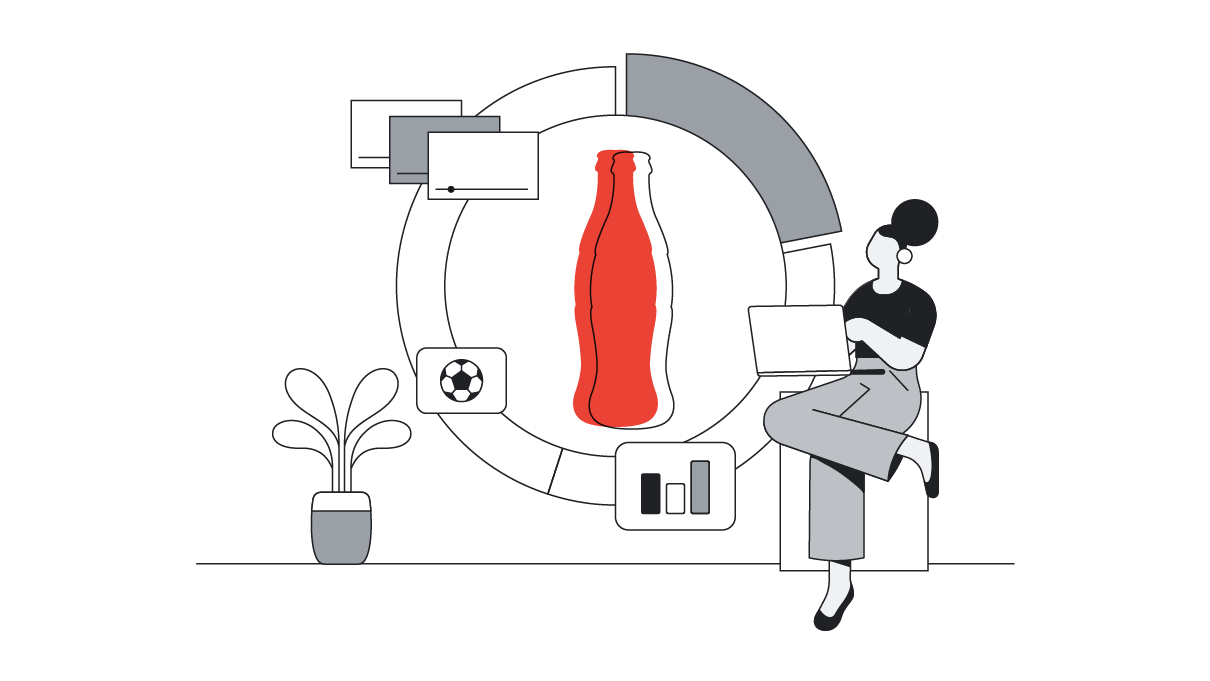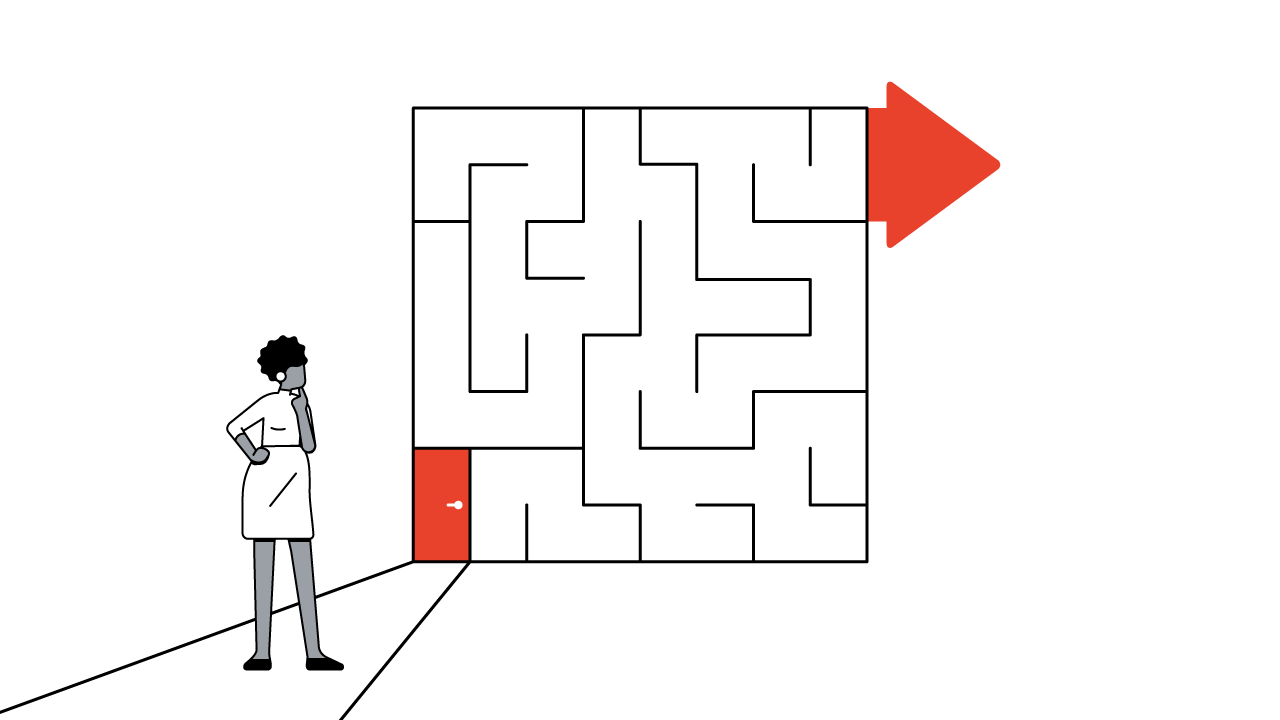It’s no secret that we’re in the middle of a digital video boom, as alternatives to linear TV grow at unprecedented rates. According to Nielsen’s total TV and streaming report, YouTube is the leader in streaming watch time.1
Global viewers watch a daily average of over 700 million hours of YouTube content on TV devices,2 while over 11 million people stream YouTube on their TV in Saudi Arabia.3 On top of that, 90% of YouTube TV viewers in Saudi Arabia are co-viewing. This is when multiple people watch YouTube on a connected TV (CTV) device together, and view ads at the same time. And they’re watching videos that are on average two-and-a-half times longer than the ones watched on mobile and desktop.4

This level of engagement informs how viewers feel about ads. In a new study, we found that viewers agree that YouTube ads on the TV screen are more relevant (59%) than ads on linear TV or other streaming apps.3 Connected TV gives advertisers a powerful creative canvas to reach viewers when they are highly engaged, streaming their favorite content on the living room screen.
To better understand the opportunity for advertisers, these three brands ran experiments to see how effective CTV could be for their audiences. Here are the questions they set out to answer.
Does CTV drive results?
On behalf of its Ruffles brand, Frito-Lay North America leveraged CTV to engage with some of its core audiences, such as younger families, flavor variety seekers, millennials, and those living in urban areas. The marketing team wanted to understand how increases in watch time on CTV contributed to brand and sales goals.
The higher delivery to the increased CTV cells exceeded our expectations and benchmarks across view rates, ad recall, and sales lift.
In 2021, Ruffles ran an A/B test with half the media budget delivered across devices as usual and the other half with an increased allocation to CTV. It then compared performance to delivery.
The result? “The higher delivery to the increased CTV cells exceeded our expectations and benchmarks across view rates, ad recall, and sales lift,” said Amanda Corral, senior director of paid media strategy at Frito-Lay North America. “And we achieved this without sacrificing CPM or reach. We were thrilled to deliver a strong impact while maintaining efficiency and delivering higher ROI.”
Can tried-and-true audience and creative strategies scale to CTV?
L’Oreal USA has built its brands with a commitment to consumer-centricity. Across its brands, that has meant committing to cut-through creative. (Think, “Maybe they’re born with it, maybe it’s … .” You know the rest.) It has also meant constantly refining media and audience strategies that evolve as the brands’ customers do. For the past several years, L’Oreal USA has followed the lead of its customers and ramped up investment in YouTube.
The company has honed a tried-and-true approach to creative and reach, and wanted to see how that approach scaled to CTV. So in the summer of 2021, when it was time to lean into upper-format, demand-generating media, L’Oreal USA increased its YouTube investment by 102% year over year. “What was interesting about this time was, we were seeing audience behavior patterns around ad-supported streaming and a boom in CTV that we knew wasn’t going to go away,” said Shenan Reed, SVP, head of media at L’Oreal USA.
The company ran a meta-analysis across nearly 30 NCS sales lift studies and found that its YouTube activity delivered an average of 6% sales lift for its campaigns. The company also saw a 6 to 1 return on ad spend on YouTube CTV screens. Not only did this prove that L’Oreal USA’s creative and audience strategies can scale to CTV, but it also saw that the majority of impact was coming from new consumers. That’s important because, coming out of the pandemic, the team knew the company needed to attract the next generation of new consumers and first-time buyers.
“Our consumer is still in the living room, but they’re watching a wider variety of content — content that is more personal, that’s more of the moment. You can ignore that behavior, or you can choose to show up. And we chose to show up,” said Reed.
Our consumer is still in the living room, but they’re watching a wider variety of content — content that is more personal, that’s more of the moment.
Does CTV work for action campaigns?
DocuSign was initially apprehensive about CTV, since users aren’t able to click through and convert on the TV screen. However, the brand put aside those reservations and decided to experiment by using the channel to increase reach and brand awareness. DocuSign understood the importance of reaching its users wherever they were, including their connected TVs.
“Before this test, we didn’t know there was such a large audience on CTV that we weren’t reaching through other video ads,” said Andy Tack, senior marketing manager at DocuSign.
By running a CTV-dedicated advertising campaign alongside a regular cross-device campaign, DocuSign was able to isolate and quantify the impact CTV had on its campaigns. The marketing team found that the CTV ads drove a best-in-class 33% relative lift in ad recall. Furthermore, despite worries about barriers to action, DocuSign actually saw a 126% relative conversion lift for its trial sign-ups.
No model exists for the perfect CTV strategy. Brands of all types are showing what can be done.
“We can now clearly see the value CTV has in our campaigns,” said Tack. “Whether we’re growing brand awareness and recall, or improving consideration and purchase intent, CTV is a critical part of our approach.”
No model exists for the perfect CTV advertising strategy. Whether planning media on behalf of a CPG company, reaching new cosmetics buyers, or taking a chance on a new channel, brands of all types are showing what can be done. The one thing they have in common is that their efforts were rewarded.






